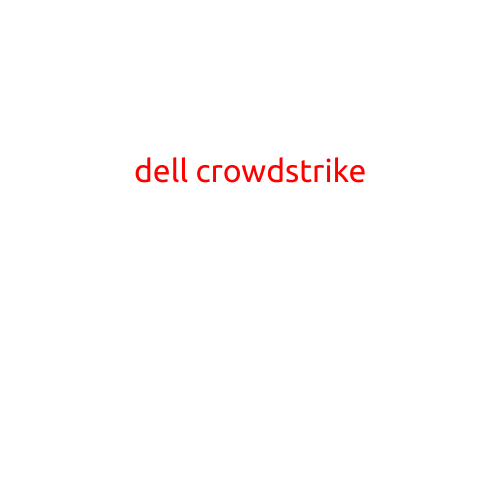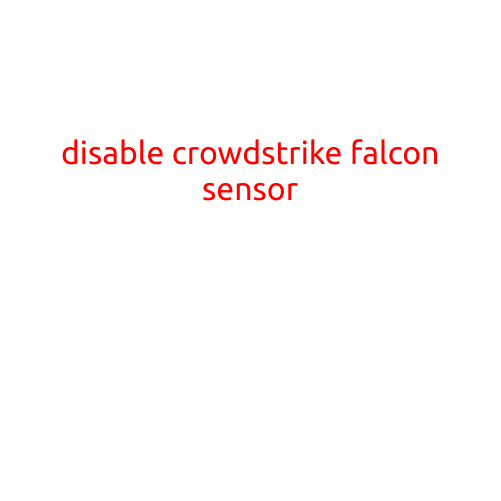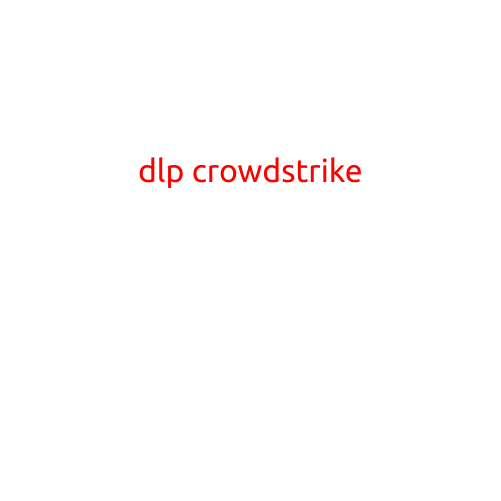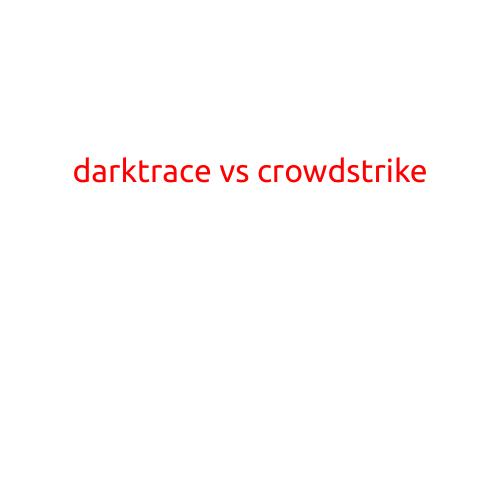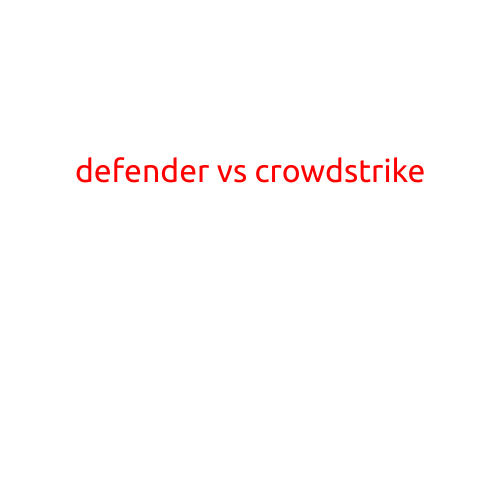
Defender vs CrowdStrike: A Comprehensive Comparison of Two Leading Endpoint Detection and Response (EDR) Solutions
The increasing sophistication of cyber threats necessitates the adoption of robust endpoint detection and response (EDR) solutions to ensure the security of organizations’ networks and systems. Defender and CrowdStrike are two of the most popular and effective EDR solutions in the market, leaving many organizations wondering which one to choose. In this article, we will delve into the features, benefits, and pricing of both Defender and CrowdStrike to help you make an informed decision.
What is EDR?
EDR is a cybersecurity technology that monitors and analyzes endpoint devices, such as computers and mobile devices, for signs of malicious activity. It provides real-time visibility into endpoint activity, helping security teams detect and respond to threats in a timely and effective manner.
Defender: An Overview
Defender is a cloud-based EDR solution developed by Microsoft, designed to provide comprehensive endpoint protection and detection. It offers advanced threat protection, incident response, and threat hunting capabilities to help organizations detect and respond to advanced threats.
Key features of Defender:
- Advanced threat protection: detects and blocks advanced threats, including malware, ransomware, and fileless attacks
- Incident response: provides automated incident response and remediation capabilities
- Threat hunting: enables security teams to proactively hunt for threats and respond to incidents
- Integration with Microsoft 365: Defender integrates seamlessly with Microsoft 365, providing a unified security solution
CrowdStrike: An Overview
CrowdStrike is a cloud-based EDR solution that leverages AI-powered threat intelligence and behavioral analytics to detect and respond to advanced threats. It offers a range of features designed to help organizations detect, respond, and prevent cyber attacks.
Key features of CrowdStrike:
- Elite Threat Hunting: CrowdStrike’s Elite Threat Hunting team provides custom threat hunting and incident response services
- Intelligence platform: CrowdStrike’s Intelligence Platform offers real-time threat intelligence and incident response reporting
- Endpoint detection: detects and prevents endpoint attacks, including malware, ransomware, and fileless attacks
- Third-party integrations: integrates with leading security solutions, including SIEM systems, incident response platforms, and security orchestration tools
Comparison
Both Defender and CrowdStrike offer robust EDR capabilities, but there are some key differences:
- Integration: Defender integrates seamlessly with Microsoft 365, making it an excellent choice for organizations already invested in the Microsoft ecosystem. CrowdStrike, on the other hand, offers integrations with a range of third-party solutions, making it a good option for organizations with diverse security stacks.
- Threat Hunting: CrowdStrike’s Elite Threat Hunting team provides custom threat hunting services, while Defender focuses on automated incident response and threat hunting capabilities.
- Pricing: Defender is priced as a component of Microsoft 365, making it an attractive option for organizations already paying for the suite. CrowdStrike, on the other hand, offers a standalone subscription model, with pricing starting at $50 per device per month.
- Detection and Response: Defender focuses on automated incident response and threat detection, while CrowdStrike offers a more human-driven approach to threat detection and response, with the option to work with CrowdStrike’s Elite Threat Hunting team.
Conclusion
Defender and CrowdStrike are both leading EDR solutions, each with its own strengths and weaknesses. Defender is an excellent choice for organizations already invested in the Microsoft ecosystem, while CrowdStrike is a good option for organizations seeking robust threat hunting and incident response capabilities. When evaluating EDR solutions, consider the following factors:
- Integration with existing security solutions
- Threat hunting and incident response capabilities
- Pricing and scalability
- Coverage for diverse endpoint devices (e.g., Windows, macOS, Linux)
Ultimately, the choice between Defender and CrowdStrike will depend on your organization’s specific security requirements and needs. We recommend evaluating both solutions and consulting with security experts to determine which one is best suited for your organization.
